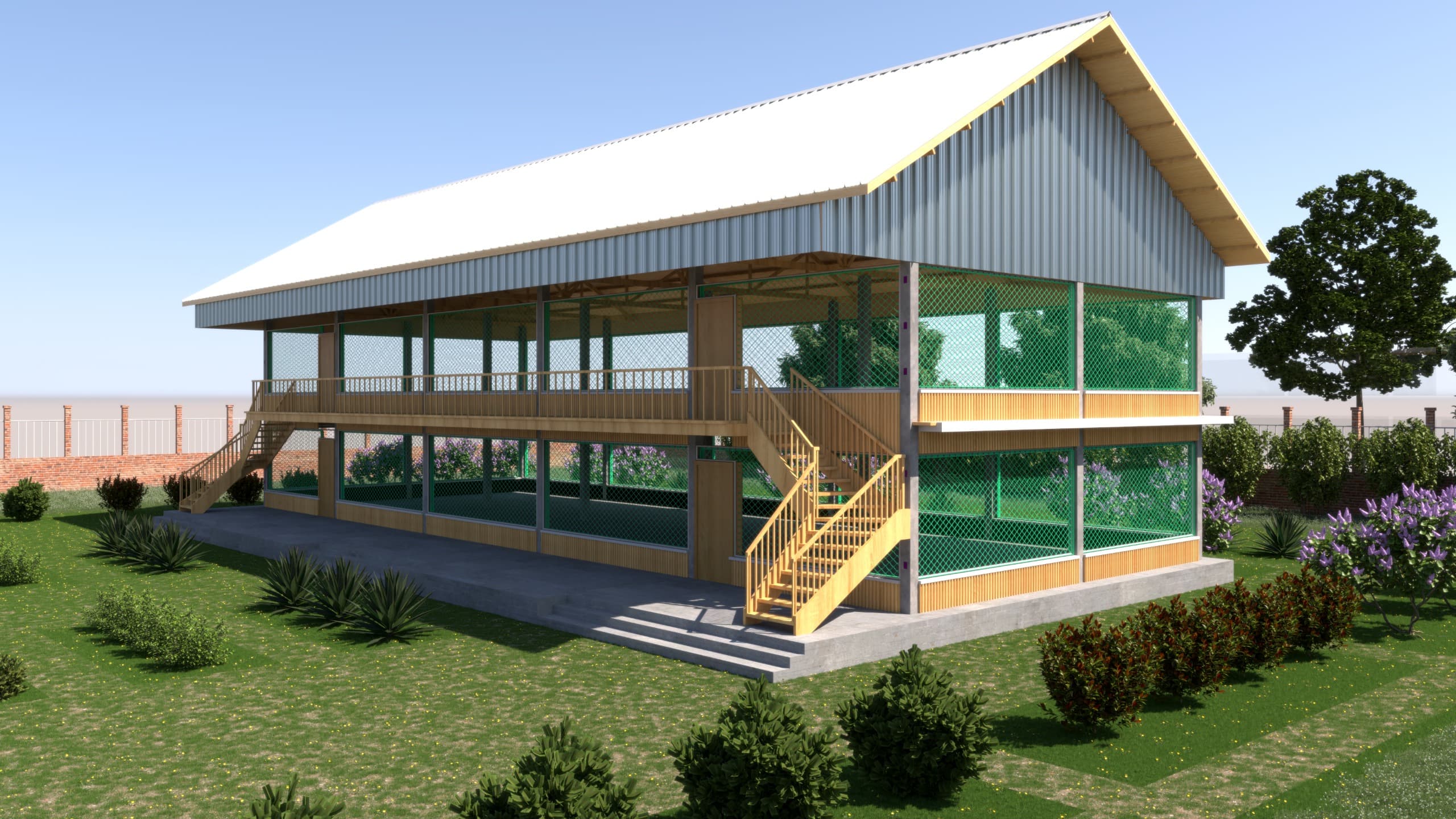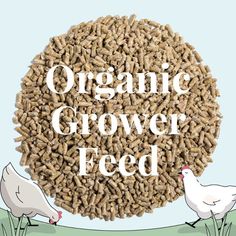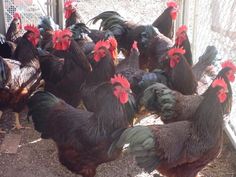- Structure and Design
The house should be spacious enough to accommodate the desired number of layer chickens comfortably. The layout should incorporate appropriate ventilation systems to regulate temperature and airflow. Additionally, the structure must be sturdy and built to withstand various weather conditions and protect the chickens from predators.
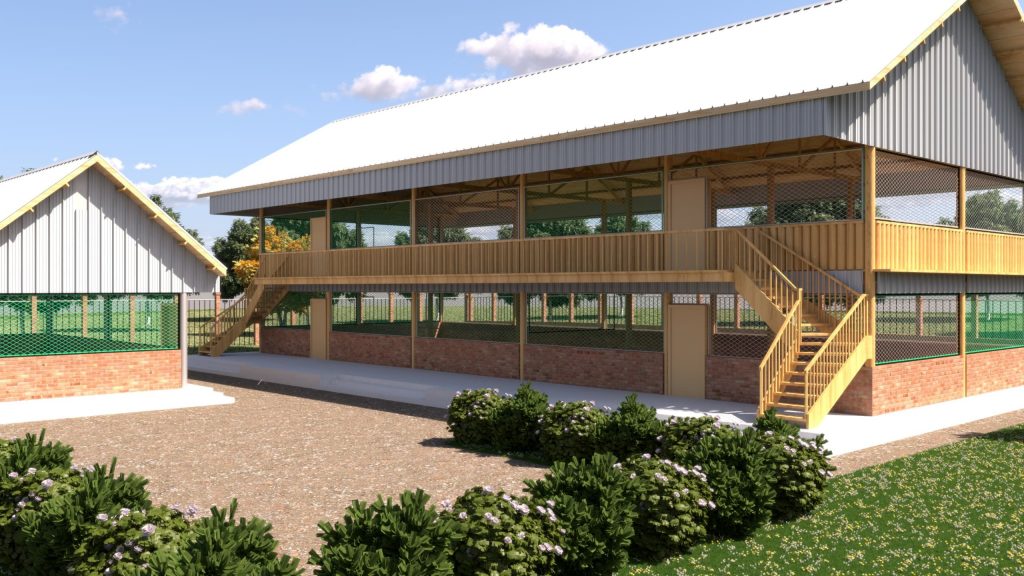
- Flooring
It should be easy to clean and disinfect regularly to minimize the risk of disease transmission. Common flooring options include concrete, wire mesh, and slatted floors. Each option has its advantages, such as durability, ease of cleaning, and prevention of foot-related issues. The choice of flooring depends on factors such as climate, budget, and management practices.
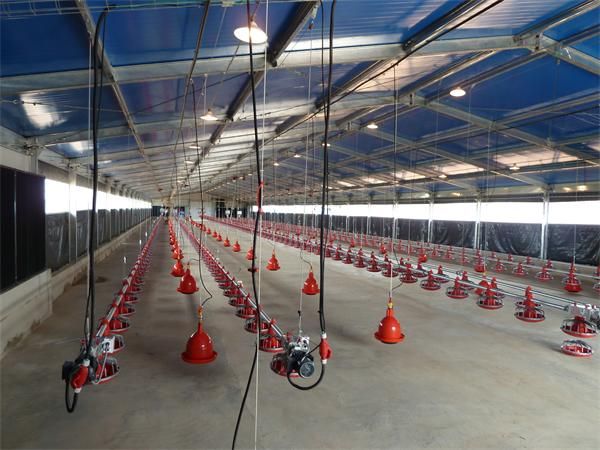
By the way you should Note that our company can help you to start by giving you all the necessary information you need to get started if not yet in the business. Please check our online shop, we have all the standard business proposals for different capacities at very a cheap price made by the best agricultural specialists as well as Standard design plans that are made by the best agricultural architects around the globe. please visit our online shop now using the links below to witness by yourself
Design plans (FARM HOUSE DESIGNS – Kimd Construction & Farm Consultants)
Business plans (BUSINESS PLANS & PROPOSALS – Kimd Construction & Farm Consultants)
Welcome back from visiting our shop, hope you have placed your order for any of our products or you can place it after navigating more of our informative articles.
So let’s continue with our article!
- Lighting
Proper lighting is essential for the health and productivity of layer chickens. Adequate lighting stimulates the birds’ biological rhythms, influencing their egg production. Natural daylight should be supplemented with artificial lighting to provide a consistent photoperiod. The recommended photoperiod for layer chickens is 14-16 hours of light per day. This ensures optimal egg production and supports the overall well-being of the birds.
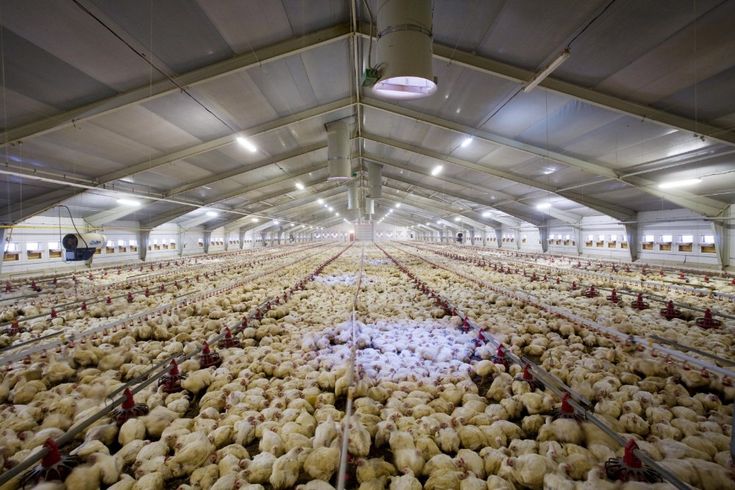
- Nesting Boxes
Nesting boxes are crucial components of a layer chicken house, as they provide a comfortable and suitable space for hens to lay eggs. The boxes should be strategically placed and designed to mimic the natural environment where chickens would typically lay their eggs. The size and shape of the nesting boxes should allow the hens to enter and exit easily while ensuring privacy and security.
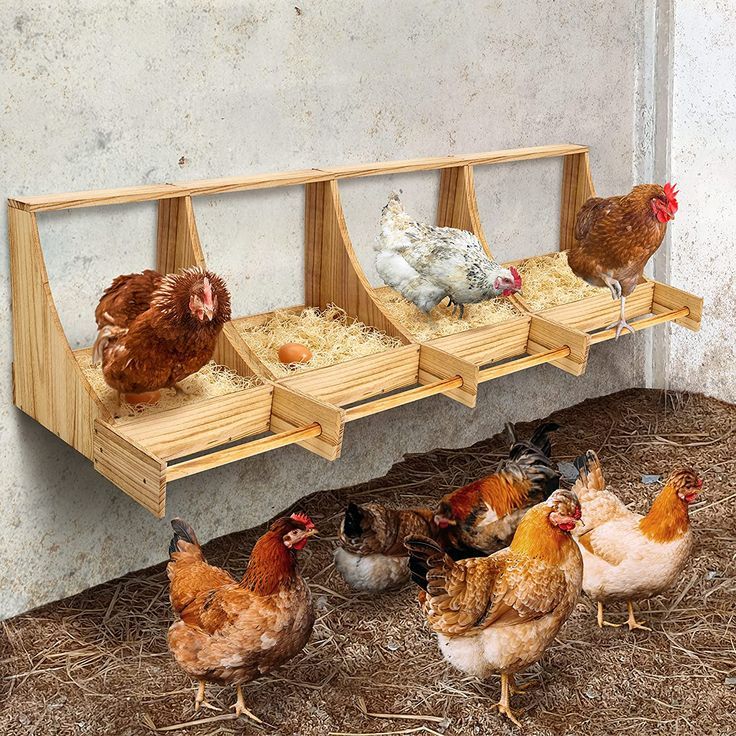
- Feeding and Watering Systems
Efficient feeding and watering systems are essential for the proper nutrition and hydration of layer chickens. Automatic feeders and waterers are commonly used to provide a continuous supply of feed and water. These systems help maintain hygiene and reduce waste. It is crucial to ensure that feeders and waterers are easily accessible to all birds and regularly cleaned and refilled.
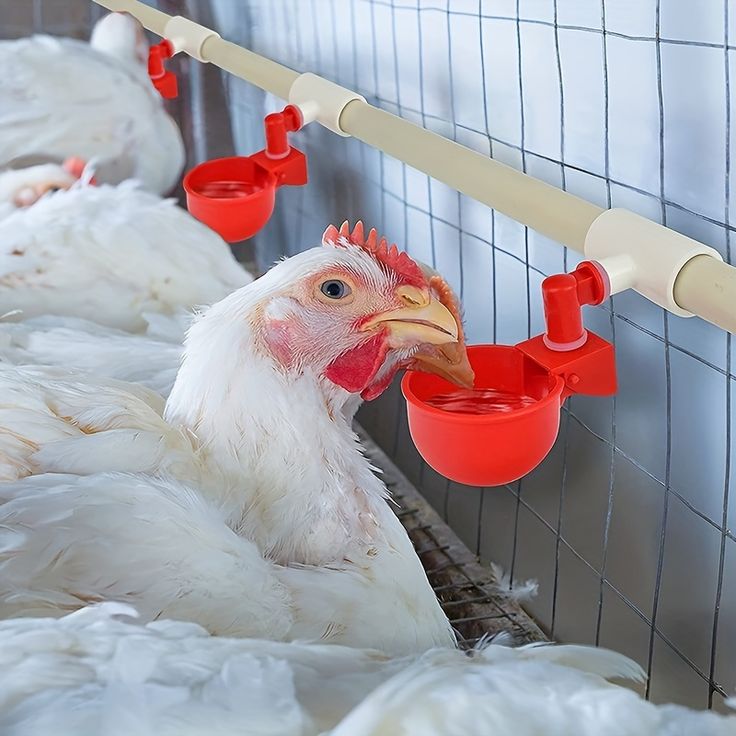
- Ventilation
Proper ventilation is vital for maintaining optimal air quality and reducing the risk of respiratory diseases in layer chickens. A well-ventilated chicken house allows for the exchange of fresh air while removing excess moisture, ammonia, and other harmful gases. Ventilation systems should be designed to provide adequate airflow throughout the house without causing drafts or temperature fluctuations.

- Biosecurity Measures
Implementing biosecurity measures is essential to prevent the introduction and spread of diseases within a layer chicken house. These measures include strict control of visitor access, regular disinfection protocols, and proper waste management. Biosecurity measures help protect the health and productivity of the birds and minimize the risk of disease outbreaks.

Conclusion
A well-designed and properly equipped layer chicken house is crucial for successful commercial egg production. The key components discussed in this article, including structure and design, flooring, lighting, nesting boxes, feeding and watering systems, ventilation, and biosecurity measures, are all essential for creating a conducive environment for layer chickens. By implementing these components, poultry farmers can ensure the health, welfare, and productivity of their flock, ultimately contributing to a thriving poultry business

